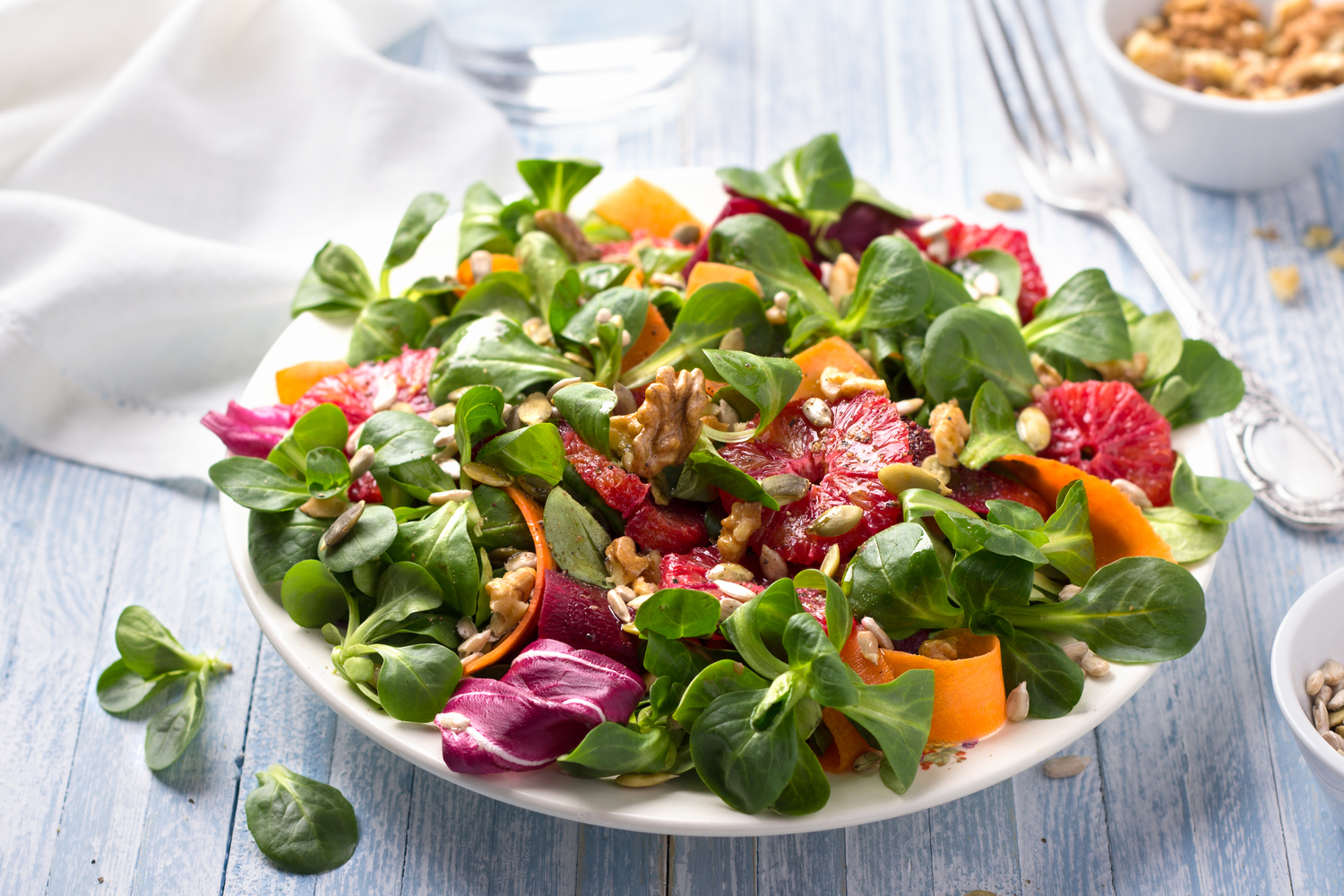An Overview Of The Paleo Diet
Everybody wants to stay fit. In the pursuit of living a healthy life, people adopt fad diets to get in shape. While there are plenty of diets, which are completely unhealthy to adopt, there is one popular diet that has caught the attention of many—the Paleo diet.
Following are some of the most commonly asked questions about a vegetarian Paleo diet for beginners.
What is a Paleo diet?
- A Paleo diet also referred to as a caveman diet, may be best summarized as a diet which focuses on eating natural food items. In other words, you are allowed to eat foods in their most natural state.

What is the history of the Paleo diet?
- The concept of the Paleo diet goes back to our caveman roots. It basically advocates the eating habits of our ancestors.
- According to this diet, it is believed that when foods were first discovered, there was no concept of grains or processed foods.
How does a Paleo diet work?
- It is a lesser known fact that our body prefers fats as the main source of energy. When it comes to a Paleo diet for beginners, the main source of burning calories is through carbs; hence, it is a sort of a transition.
- Our body uses copious amounts of carbohydrates on a daily basis, which makes us store the calories that are not used.
- With the Paleo diet, our body takes more time to digest unprocessed foods and also consumes much lower carbohydrates, causing it to work more and burn more calories. Also, since food is consumed in its most natural form, it gives you all the nutrients filled in it.
What foods can be eaten in a vegetarian Paleo diet?
When it comes to a Paleo diet for beginners, and that too for vegetarians, the options are slightly limited and people are often confused about the foods that they may eat. Here is a list of some plant-based food items that you may have:
- Spinach
- Broccoli
- Brussels sprouts
- Cashews
- Pumpkin seeds
- Chia seeds
- Pistachios
- Nuts
Which celebrities endorse the Paleo diet?
There are plenty of celebrities who live the caveman lifestyle when it comes to their diet to keep up with their hectic schedules and yet be in the best shape possible. Some of the biggest supporters of the Paleo diet are:
- Jessica Biel
- Jack Osbourne
- Megan Fox
- Tim McGraw
- Matthew McConaughey
- Kobe Bryant
Are popular foods like dairy and grain allowed under the Paleo diet?
- Grains were not around before agriculture came into existence. Hence, these are completely restricted in the Paleo diet.
- Some parts of dairy may be consumed but overall, it is restricted when it comes to a Paleo diet.
How to differentiate between what is and what is not Paleo?
- The basic thumb rule to follow for a Paleo diet is that whatever occurs naturally may be consumed. However, there are different arguments when it comes to Paleo and non-Paleo for many food items such as peanuts.
- Some people may consider beans and lentils to be a part of the Paleo diet, whereas, there are a group of people who feel otherwise.
- Similarly, other items that may confuse you include soy, corn, and potatoes.
- It is better to consult a dietician or an expert if you plan to be on a Paleo diet and are confused about a certain food item.

